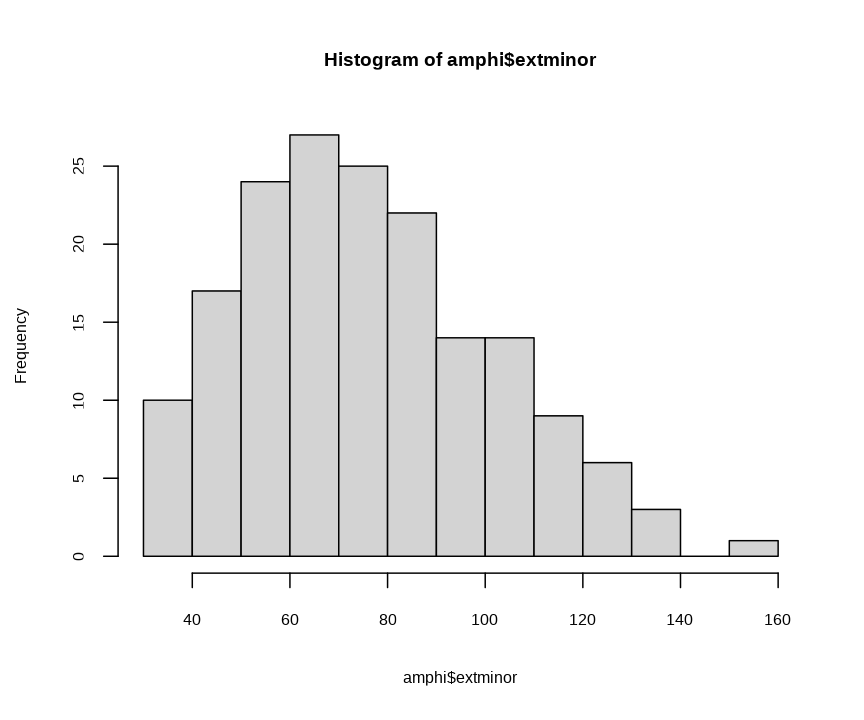#> Rows: 268
#> Columns: 14
#> $ title <chr> "Amphitheater at Dura Europos", "Amphitheater at Arles", …
#> $ label <chr> "Dura", "Arles", "Lyon", "Ludus Magnus", "Colosseum", "Am…
#> $ pleiades <chr> "https://pleiades.stoa.org/places/893989", "https://pleia…
#> $ buildingtype <chr> "amphitheater", "amphitheater", "amphitheater", "practice…
#> $ chronogroup <chr> "severan", "flavian", "second-century", "imperial", "flav…
#> $ capacity <dbl> 1000, 23354, 20000, NA, 50000, 7000, 3500, 22000, 15000, …
#> $ modcountry <chr> "Syria", "France", "France", "Italy", "Italy", "Italy", "…
#> $ arenamajor <dbl> 31.0, 47.0, 67.6, NA, 83.0, NA, 47.0, 66.0, 64.0, 37.0, 5…
#> $ arenaminor <dbl> 25.0, 32.0, 42.0, NA, 48.0, NA, 38.0, 35.0, 41.0, 23.0, 4…
#> $ extmajor <dbl> 50.0, 136.0, 105.0, NA, 189.0, 88.0, 71.0, 135.0, 126.0, …
#> $ extminor <dbl> 44.0, 107.0, NA, NA, 156.0, 75.8, 56.0, 104.0, 102.0, 60.…
#> $ longitude <dbl> 40.728926, 4.631111, 4.830556, 12.494913, 12.492269, 12.5…
#> $ latitude <dbl> 34.74985, 43.67778, 45.77056, 41.88995, 41.89017, 41.8877…
#> $ elevation <dbl> 223, 21, 206, 22, 22, 48, 253, 21, 231, 83, 100, 19, 41, …











